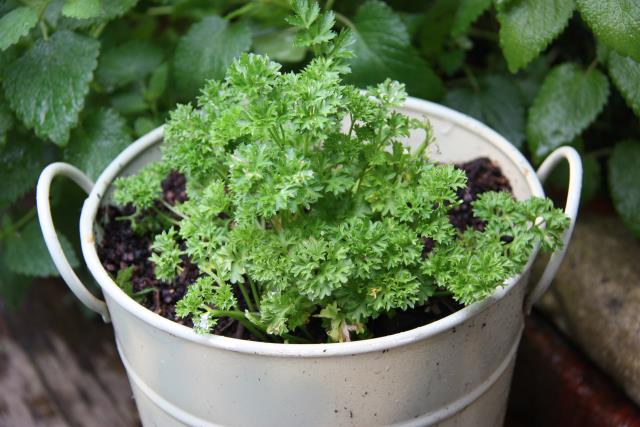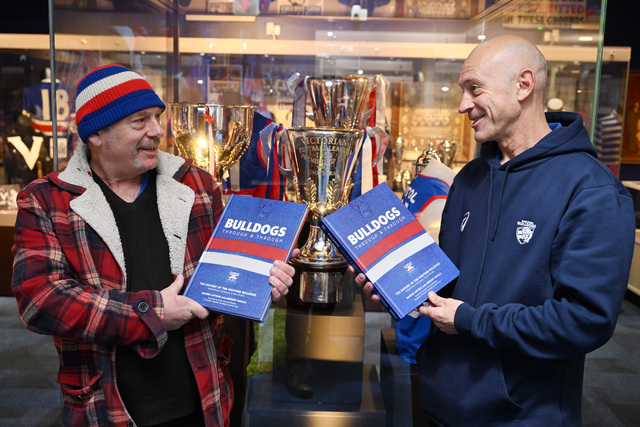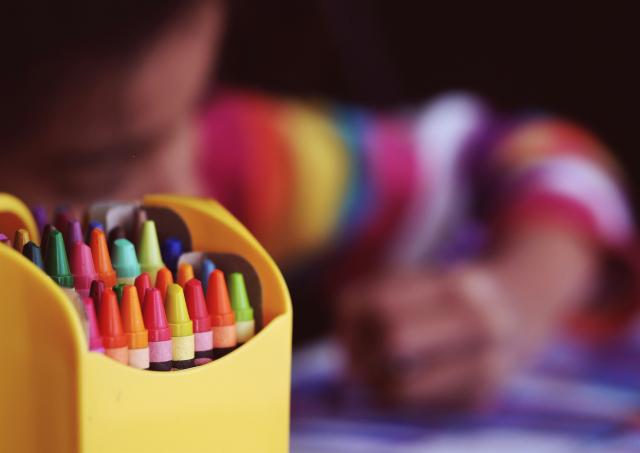Curved like bamboo, to reflect strength and flexibility, the architecture of Australia’s first Vietnamese museum proposed for Footscray is filled with symbolic meaning.
The Vietnamese Community in Australia Victorian chapter has applied to Maribyrnong council to build a four-storey museum and cultural and heritage centre at 220 Barkly Street.
Plans were released last week for the $17.5 million project, decades in the making.
To be known as Vietnamese Museum Australia, the project will include a culture and heritage centre and has been funded by state and federal governments and the Vietnamese community.
VMA operations manager Hanh Do said the complex would be unlike any other in the world.
“It’s not only the first in Australia but also probably the first in the world in terms of the Vietnamese community,” he said.
“There are others in the US, but they are private.”
Mr Do said the museum was important for the diaspora to tell and preserve its history.
“We arrived here more than 40 years ago as refugees,” he said.
“Mostly, each refugee would have a story to tell because we escaped from the Communist regimes in Vietnam and we went through the journey through the Southeast Asian countries and then we were accepted by countries like the US, Australia, Canada and other countries in Europe.
“When we escaped, most of us went through the horrible journey of pirates … the memory was so horrible.
“We wanted to share our story and we want future generations to understand us and for Australians to understand what we’ve been through.
“Our generation is the first generation that’s been here more than 40 years so it is starting to fade out.
“We want future generations, our children, our grandchildren, to understand and one day to come and find out we were here, so they understand the past and find their roots.”
Mr Do said building’s architecture was filled with significance.
“Do you see the curve, like bamboo,” Mr Do said.
“That’s part of our countryside life.
“Bamboo is strong and it’s also flexible, so in a way it shows how we adapted here.
“Then you see, from afar it’s like a wave. Waves represent our journey at sea.
“The colour is the Australian red desert. We kept the Australian colour, like Uluru.”
The building’s shimmering gold parapet is based on legend that the Vietnamese people are descended from the egg of a dragon and fairy, Mr Do said.







